The animal kingdom is filled with brainiacs. We find behaviours previously thought to be unique to humans reflected in distantly related species and see animals using their brains like a superpower.
In fact, there’s such a great variety of brilliant minds that it’s very difficult to compare them.Scientists don’t spend their time ranking animals by intelligence and there isn’t an IQ test suitable for every species even if they tried.
That said, we’d like to highlight some of the contenders for the smartest animals that have emerged from scientific research.
Keep in mind that most experiments to test animal intelligence are based on what humans can do, not what animals need to learn to survive.
So, caveats done, here’s a list of some really smart animals.
1. Chimpanzees
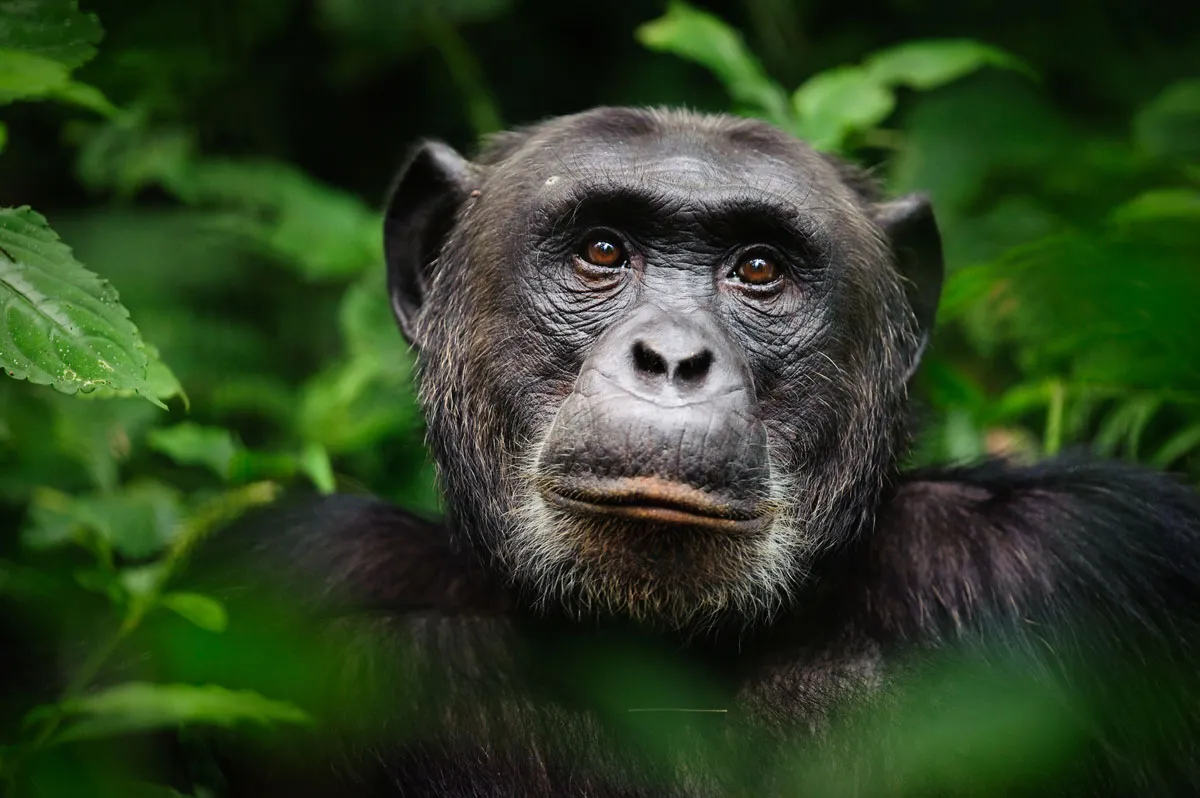
Chimpanzees and bonobos are fiercely intelligent creatures with complex social hierarchies. That’s not really surprising, considering they share 98.7 per cent of their DNA with humans.
Chimpanzees are famous for their great variety of tool use and both species are excellent problem solvers.
The Royal Zoological Society of Antwerp found that bonobos were better at solving puzzles than chimpanzees, beating them in intelligence tests. However, this appeared to be largely down to the persistence of one individual bonobo.
Behavioural biologist Jeroen Stevens noted at the time that most of the bonobos and chimps understood the puzzles but weren’t equally motivated to solve them.
2. Dolphins
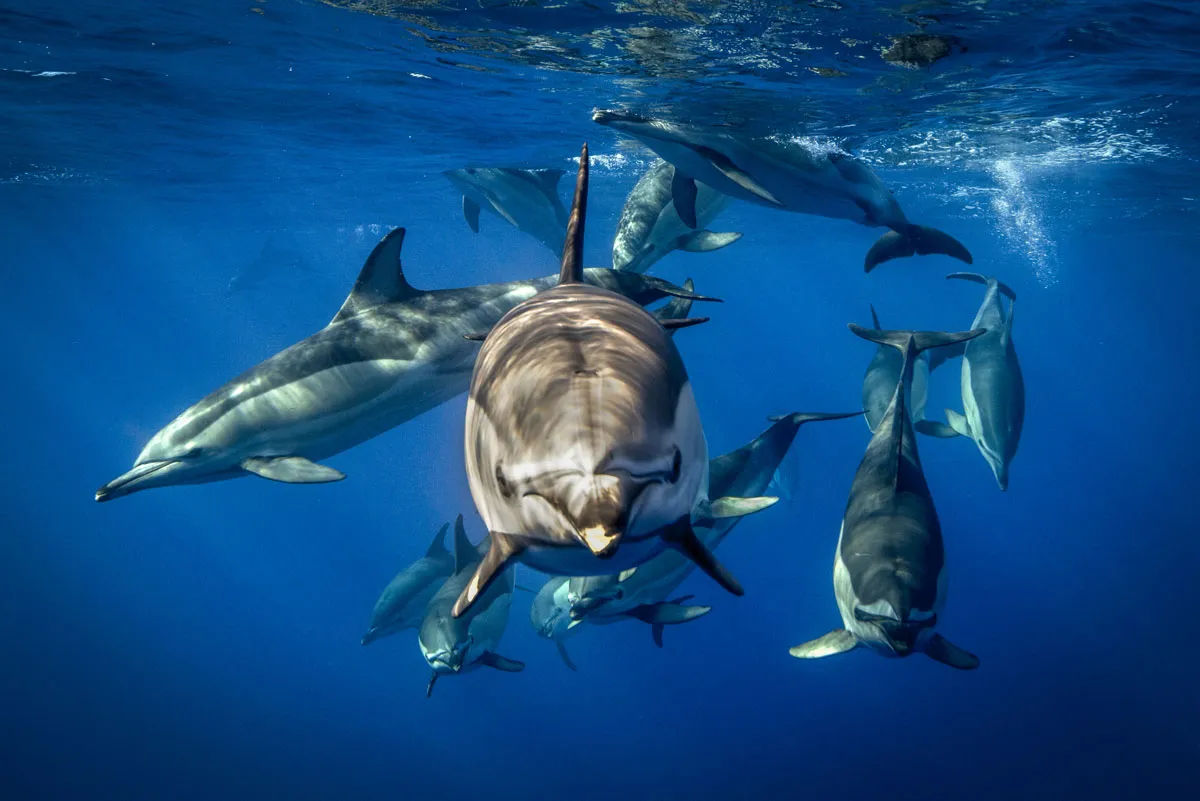
Dolphins are quick learners that can mimic human behaviour, solve problems, teach others and demonstrate self-awareness.
Both whales and dolphins have larger brains than humans – though humans have a higher brain-to-body ratio – and they have the power to locate objects through sound with echolocation.
Researchers have also documented dolphins playing around to entertain themselves, including using shells and other ocean objects as toys.
Finally, they have sophisticated communication systems. Some dolphin species even use disincentive name-like whistles to identify each other.
3. Octopuses
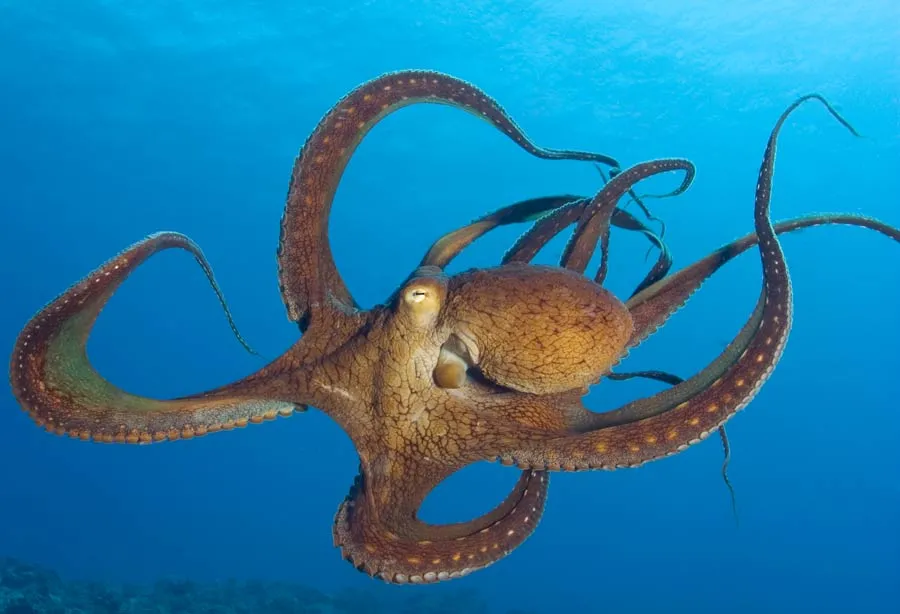
Octopuses are the eight-armed Houdinis of the animal kingdom with a remarkable ability to escape human confinement.
There are stories of octopuses figuring out how to break out of tanks and even squirt water at overhead lights to turn them off. But people who have worked with octopuses say it’s not just that they’re smart. They’re aware.
Philosopher Stefan Linquist, who once studied octopus behaviour in a lab, previously said: “When you work with fish, they have no idea they are in a tank, somewhere unnatural. With octopuses, it is totally different. They know that they are inside this special place, and you are outside it. All their behaviours are affected by their awareness of captivity.”
4. Dogs

We all know how smart our pets can be. Dogs and cats let us know what they want and seemingly manipulate us into getting their own way.
Researchers discovered in 2017 that dogs have twice the number of neurons in their cerebral cortexes than cats, which should give them a cognitive advantage and confirm anecdotal reports that dogs are easier to train.
The Frontiers in Neuroanatomy study also found that based on neurons, racoons should also have similar capabilities to dogs. But don’t worry, cat owners, the study highlighted the need for systematic cognitive capacity comparisons across all three animals before ruling dogs are the smartest pet.
Read more:
- The loudest creatures in the animal kingdom: In pictures
- Weird animals: 17 of the most bizarre animals on Earth
- Are animals monogamous?
5. Orangutans
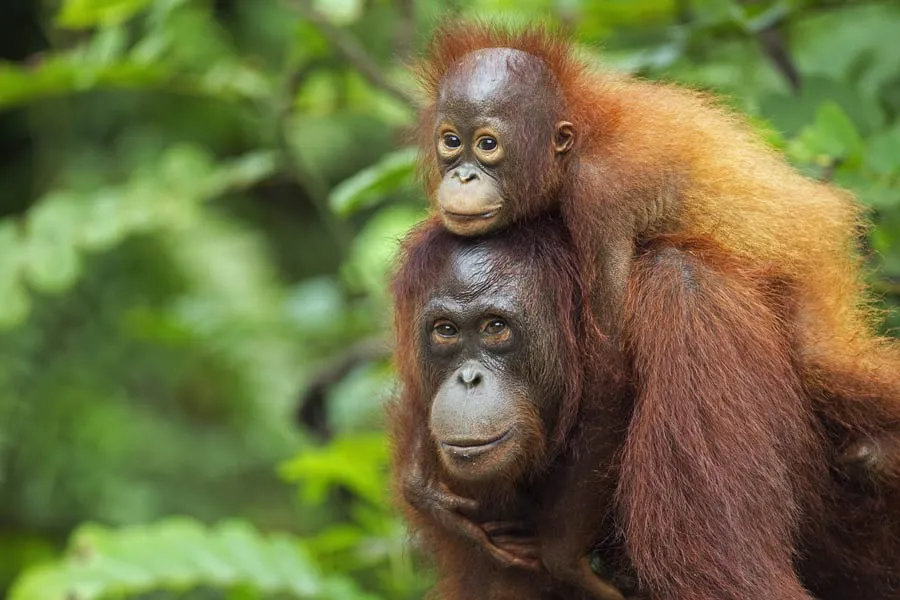
Orangutans are another one of our close relatives with incredible brains. Among their many talents is the ability to “talk” about the past, a behaviour otherwise only seen in humans.
In 2018, researchers reported that Sumatran orangutans with infants delayed making an alarm call for up to 20 minutes after seeing a potential predator.
Researchers suggested that the apes didn’t want to alert the predator to their presence but later made the noise to teach their infants that encountering such an animal is dangerous.
Communicating information about something that has happened in the past or will happen in the future is thought to be one of the key features of human language.
6. Crows and ravens
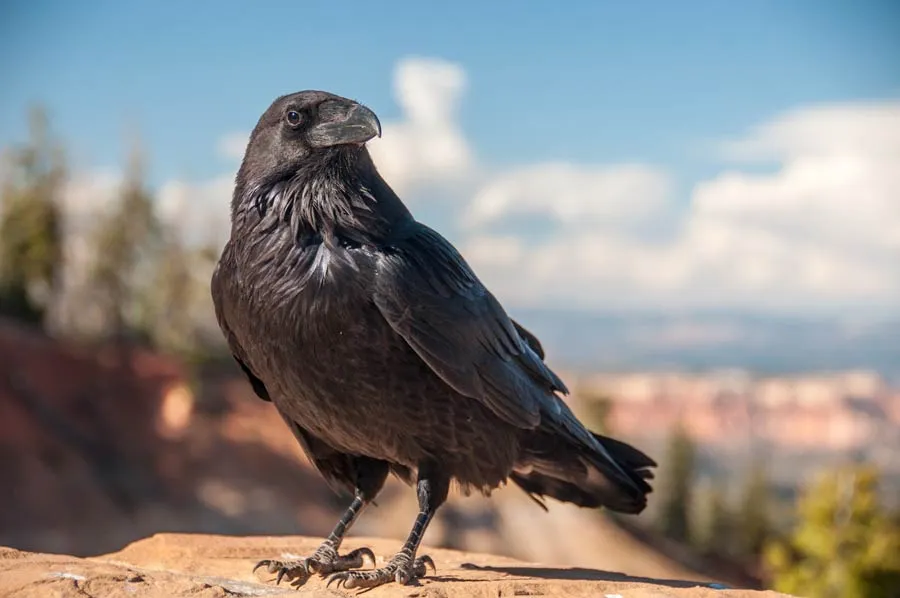
Ravens and crows are living proof that it’s not the size of your brain that counts but how you use it. These animals learn quickly, with research suggesting four-month-old ravens could be as intelligent as some adult apes.
Experiments have also shown that ravens can plan for the future with tools they’re taught to use by humans. Crows on the other hand have an excellent memory and remember human faces, identifying certain people as friend and others as foe.
7. African grey parrots

Many birds can mimic human speech, but African grey parrots are said to be the most accomplished talkers. Experiments also prove they understand words and can perform some cognitive tasks that are beyond even 5-year-old humans.
In 2019, a parrot named Griffin completed a series of experiments where he had to infer where nuts were hidden in cups based on which cups he was shown to be empty.
He always successfully picked the cup guaranteed to have a nut unless the researchers tried to make him gamble on a 50-50 chance.
Griffin reportedly “hated” gambling for a nut he usually had guaranteed odds on finding but would sometimes forgo a sure thing if it meant the chance of getting an extra special Skittle treat.
“If he wanted that very special candy, he’d have to go to the 50-50 side,” cognitive psychologist Irene Pepperberg, a research associate at Harvard University, said at the time.
“A good-enough percentage of the time, he gambled. But what was interesting was that if he lost, he wouldn’t gamble on the next trial.”
8. Bumblebees
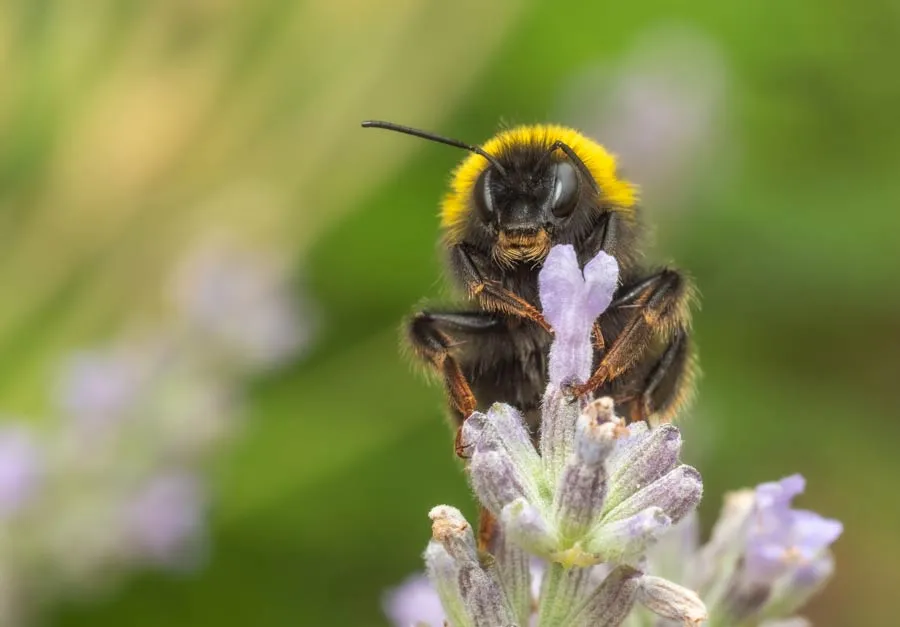
Bees have been dubbed the “world’s smartest insect” for good reason. They can solve puzzles and have exceptional navigational skills.
One experiment found bees work out the optimal route to a flower with repeated visits, significantly reducing the time it takes for them to get there.
Another experiment found that bees create mental images of objects like humans do and can transmit recognition of objects across their senses. For example, they can identify objects in the dark by touch if they’ve seen them before.
9. Gorillas
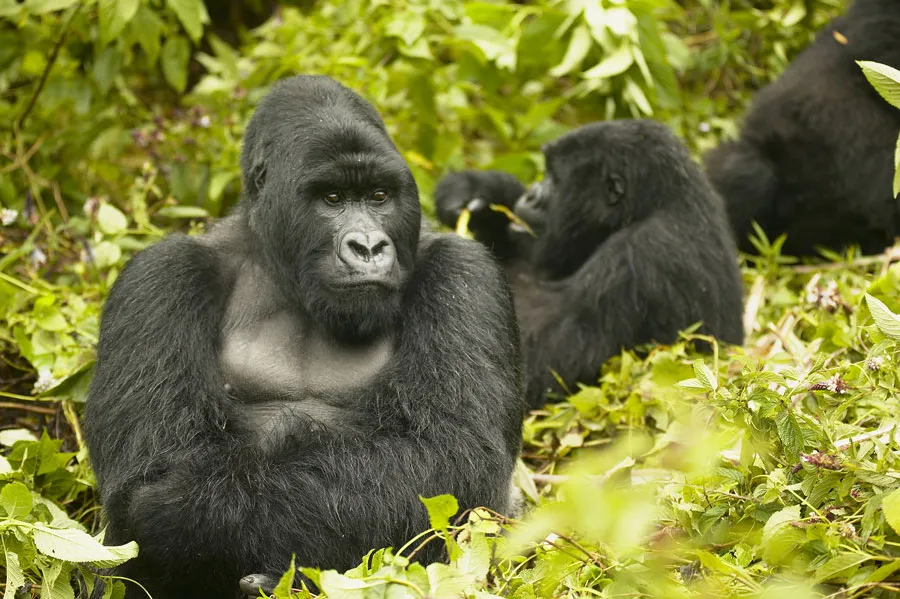
Call it human bias, but all of the great apes are going on this list. Gorillas, along with chimpanzees, bonobos and orangutans, can be trained to communicate using some sign language.
A famous gorilla named Koko took it one step further and reportedly mastered sign language. Koko is said to have known more than 1,000 hand signs and understood 2,000 words of spoken English. In the wild, gorillas use tools, have busy social lives and even laugh.
10. Humans
This might seem like a cheap entry, but it’s important to remember that humans are animals, and we’re super smart. There’s a tendency when discussing animal intelligence to be swept up in brain size and how much we still don’t know about animal behaviour.
But while it’s true there are plenty of smart species out there, and we still have plenty to learn about their lives, it’s also clear that our intelligence is a cut above the rest.
Nothing else on this list has built complex civilisations and been to the moon. We’re just in a league of our own. For now, at least.
Read more:

